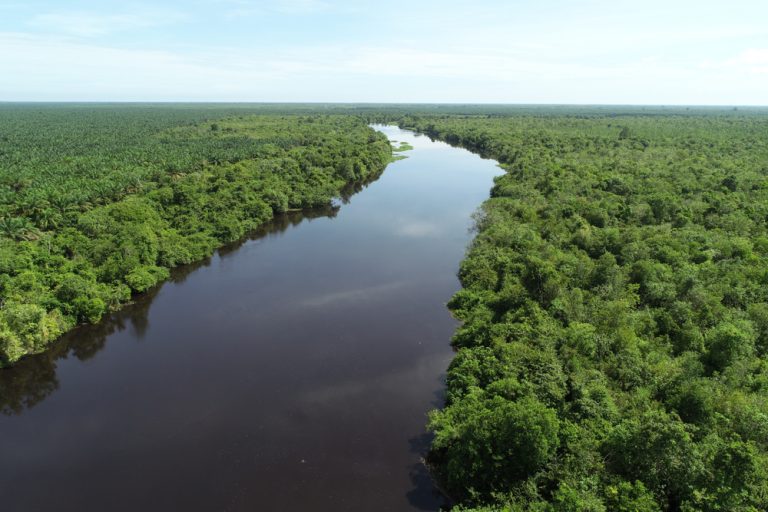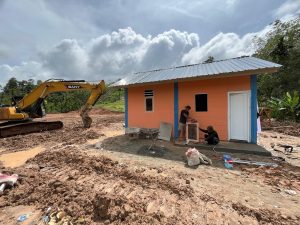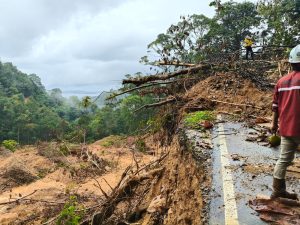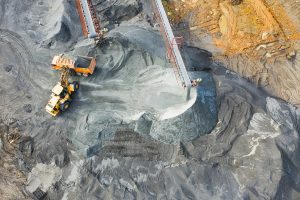Semarang – Climate change will have a negative impact on the economic growth of countries in ASEAN, according to a study by Swiss Re Institute, researchers said Tuesday (7/6). The study found that Gross Domestic Product (GDP) of ASEAN countries will decrease by 4.2 percent if the increase in global temperature is in line with the Paris Agreement target.
“An increase in global temperature of two degrees Celsius will further decline in GDP for ASEAN countries by 17 percent,” said Hendri Saparini, Senior Economist from CORE Indonesia explaining the study data.
Furthermore, she also revealed that in the most extreme scenario, assuming the increase in global temperature reaches 3.2 degrees Celsius, ASEAN GDP will decrease by up to 37.4 percent.
“In the worst case scenario, the decline in ASEAN GDP will be the deepest compared to other regions in the world. Like Europe, which only experienced a decline in GDP at 10.5 percent, and world GDP is estimated to experience a decline of 18.1 percent,” Saparini said.
According to her, if there are no interventions or sustainable efforts to reduce high-carbon economic activities, the poverty rate will increase due to climate change. The study predicts that Indonesia’s GDP in the period 2019 to 2045, will decline at 6 percent every year.
“Climate change also has a direct impact on economic activities in Central Java. Rising sea levels will cause the tidal level to rise between 19-39 percent until 2030. However, this risk also applies to all regions of Java and Sumatra,” said Saparini.
Meanwhile, the Regional Secretary of Central Java Province, Sumarno said, the environmental aspects of the main industrial activities on the north coast of Central Java began to receive priority attention. According to him, most of these industries are on the north coast of Java, both in Pekalongan, Batang, Semarang, and Demak.
“This condition is how we also pay attention to environmental conditions,” said Sumarno at the 2022 Central Java Investment Business Forum event at the Gumaya Hotel, Tuesday.
North Java coast tidal flood disaster
In dealing with tidal flooding in coastal areas, the provincial government will impose a number of restrictions on industrial activities. One of them is by limiting the use of deep groundwater as source or raw water. “The current condition is a bit of a dilemma, because it is impossible to prohibit (the use of groundwater). Due to the conditions, the supply of raw water to replace groundwater is still not sufficient to meet the needs of all industries in the north (coast),” said Sumarno.
Separately, in a separate discussion, Heri Andreas, Geodesy Researcher at the Bandung Institute of Technology (ITB) said tidal flooding in the north coast of Central Java was an early illustration of the climate change crisis. “This condition can actually become a natural laboratory for the world, related to best practices against climate change. Our success in dealing with tidal flooding and land subsidence in the north coast is the world’s success in dealing with the impacts of climate change,” he said.
Andreas said that long-term efforts by preparing alternative supplies for groundwater subsidies, spatial planning improvements must be carried out to control the rate of land subsidence in the northern coast of Central Java. (Hartatik)














